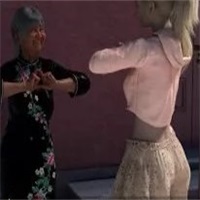Frank Miller's Return to Daredevil: Born Again
The mid-1980s marked a golden era for Marvel Comics, not only creatively but also financially. Following the challenging years of the late '70s, which were eased by the success of Star Wars, Marvel was poised to revolutionize the comic book industry with the launch of Secret Wars in 1984. This event had profound effects on both the Marvel Universe and the broader industry, setting new trajectories for its beloved heroes and villains that would last for years.
This period also saw the release of several other iconic stories, including Frank Miller's Born Again arc in Daredevil, the return of Jean Grey in X-Factor, and Walt Simonson's Surtur Saga in Thor, among others. In this article, we'll delve into these pivotal narratives and other significant developments from the same timeframe. Welcome to Part 8 of our exploration of Marvel's essential issues!
More Essential Marvel
1961-1963 - The Birth of a Universe
1964-1965 - The Sentinels Are Born and Cap Dethaws
1966-1969 - How Galactus Changed Marvel Forever
1970-1973 - The Night Gwen Stacy Died
1974-1976 - The Punisher Begins His War on Crime
1977-1979 - Star Wars Saves Marvel From Bankruptcy
1980-1982 - Did the Dark Phoenix Saga Usher in the Greatest Decade for Marvel?
Frank Miller's Born Again and Walt Simonson's Surtur Saga
Among the most celebrated stories from this era, Born Again stands out. Frank Miller returned to writing Daredevil, this time with David Mazzuchelli on art duties, for the arc spanning Daredevil #227-233. This storyline is often considered the definitive Daredevil narrative. It follows Karen Page, who, in a desperate state of addiction, sells Daredevil's secret identity for heroin, leading to the Kingpin's ruthless campaign to dismantle Matt Murdock's life. Matt finds himself at his lowest point, only to be rescued by his mother, a nun named Maggie. His gradual return as Daredevil and the Kingpin's descent into obsession make for a compelling tale. This story was later adapted in Season 3 of Netflix’s Daredevil and will inspire the upcoming Disney+ series Daredevil: Born Again.
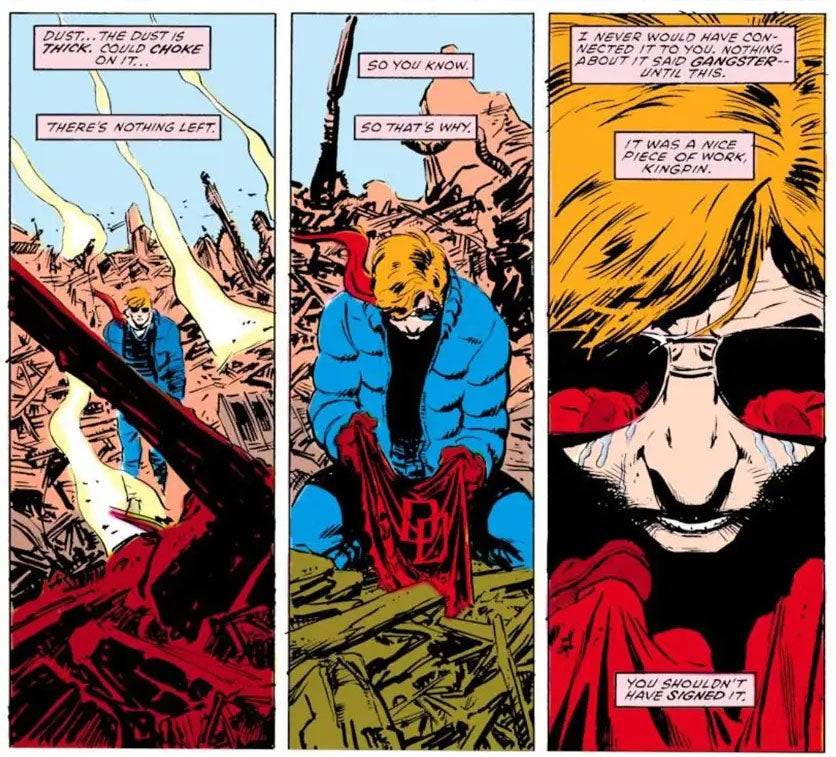
Walt Simonson's impact on Thor cannot be overstated, starting with his writer-artist tenure from Thor #337 in 1983, which introduced Beta Ray Bill. Simonson's run brought a mythic fantasy vibe back to Thor, culminating in the epic Surtur Saga from #340-353. The saga follows the fire demon Surtur's quest to bring about Ragnarok with the Twilight Sword, sending Malekith the Accursed to battle Thor. The climax features Thor, Loki, and Odin uniting against Surtur. Elements of this saga influenced the plots of Thor: The Dark World and Thor: Ragnarok.
Secret Wars Changes Comics Forever
As discussed in Part 4 of this series, the 1973 Avengers/Defenders War foreshadowed the event crossovers that became a staple for Marvel and DC. This shift fully materialized with the 1984 release of Secret Wars, a 12-issue miniseries crafted by then Editor-in-Chief Jim Shooter and artists Mike Zeck and Bob Layton. Conceived as part of a marketing strategy with Mattel, the story revolves around the cosmic being Beyonder teleporting heroes and villains to Battleworld to battle for the supremacy of good or evil. While the series is known for its large-scale battles and lasting impact on the Marvel Universe, it often lacks depth in character development. The 2015 Secret Wars by Jonathan Hickman and Esad Ribić offered a more nuanced approach, but the original's influence on the industry is undeniable. It paved the way for Secret Wars II and DC's Crisis on Infinite Earths, solidifying the event-driven model for comics.
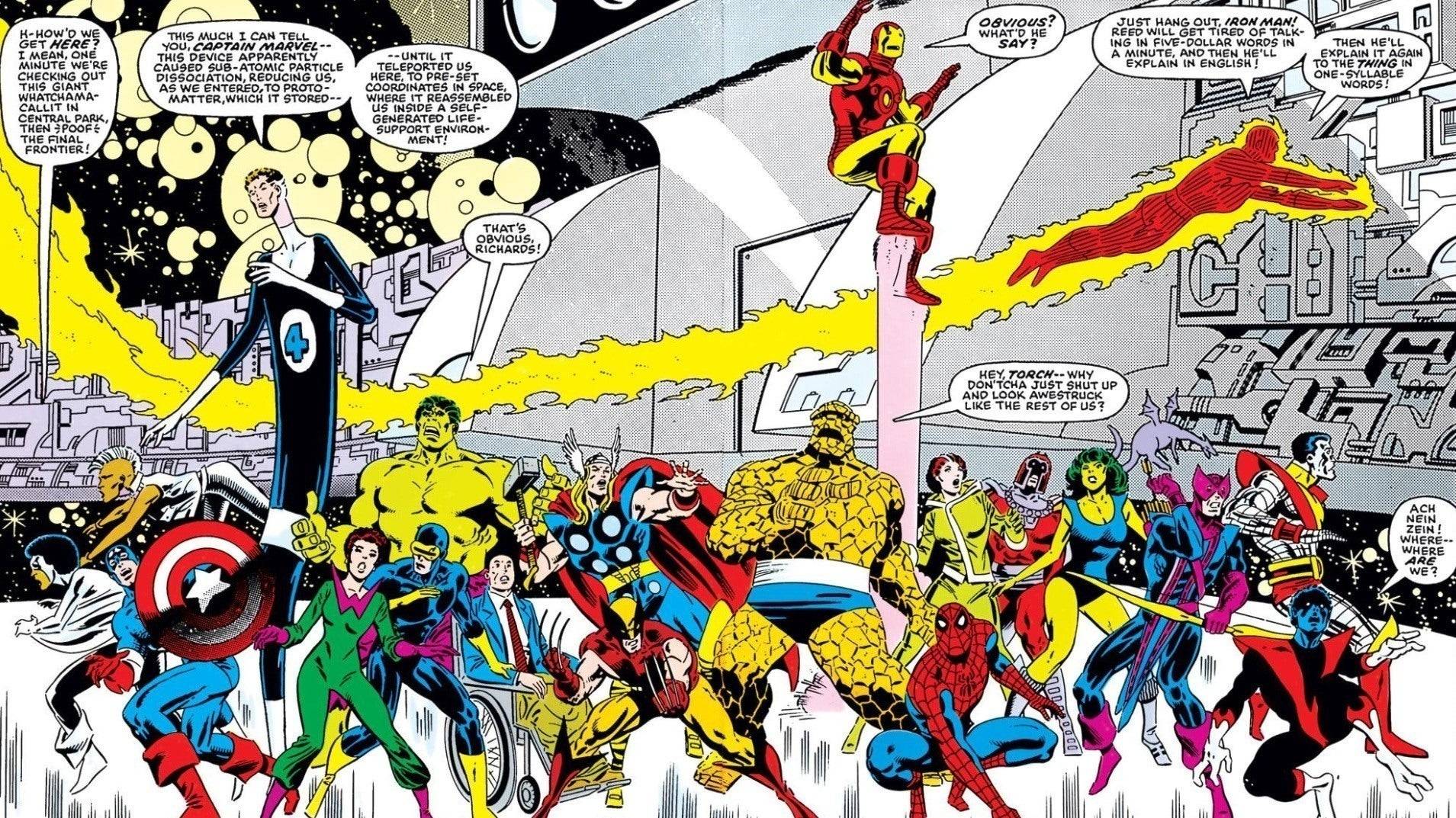
Spider-Man’s Symbiote Suit and Other Iconic Spidey Stories
Following the foundational runs by Stan Lee and Gerry Conway, Roger Stern revitalized Amazing Spider-Man with his arrival in #224. His most significant contribution was introducing the Hobgoblin in #238, establishing a formidable new adversary for Spider-Man. Stern's original Hobgoblin saga, though cut short due to editorial conflicts, was later completed in the 1997 miniseries Spider-Man: Hobgoblin Lives.
Stern's departure coincided with the debut of Spider-Man's black symbiote costume in Amazing #252, which originated in Secret Wars #8. This costume introduced a major subplot leading to the creation of one of Spider-Man's most iconic villains. The symbiote saga has been adapted across various media, including Spider-Man 3, Spider-Man: The Animated Series, Spectacular Spider-Man, and Insomniac’s Spider-Man 2. Another key story from this era is The Death of Jean DeWolff in Spectacular Spider-Man #107-110, a dark tale involving Spider-Man's pursuit of the Sin-Eater and his clash with Daredevil over vengeance.
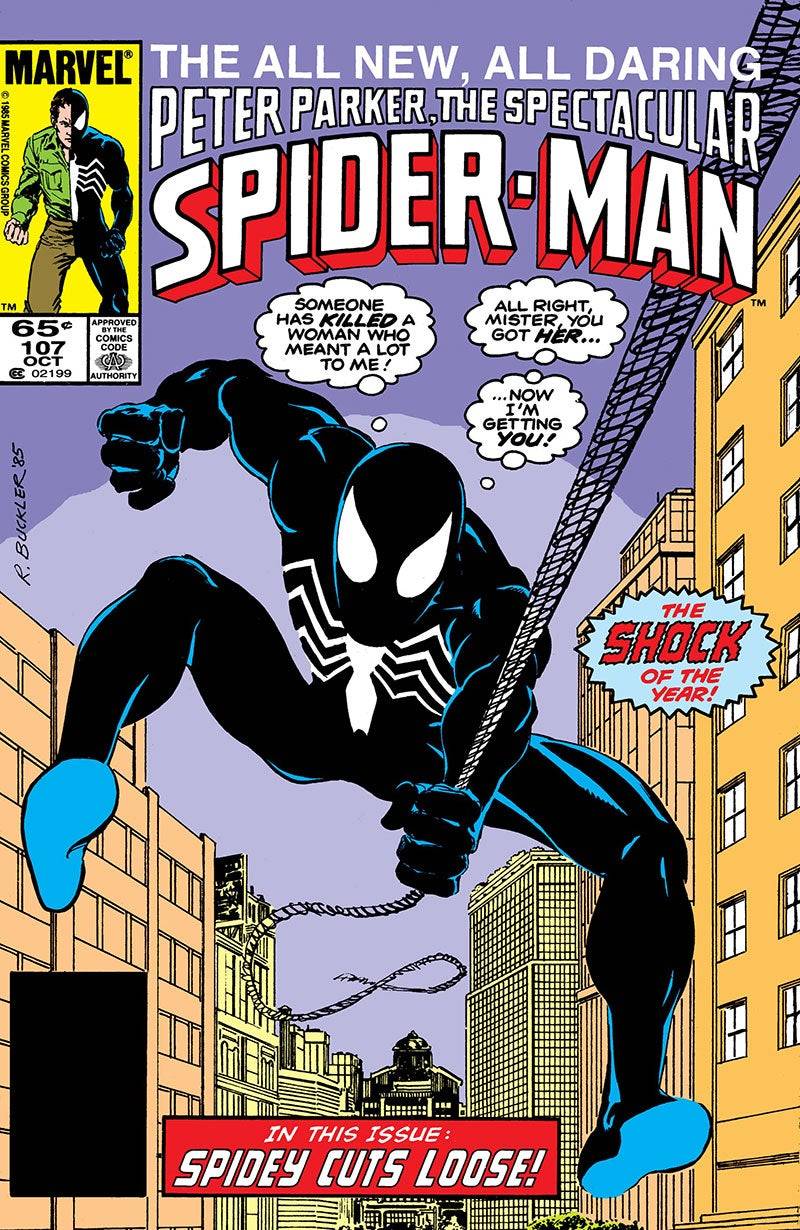
Jean Grey Returns, the Rise of Apocalypse, and Other Mutant Landmarks
The mid-1980s also saw significant developments in the X-Men universe. Vision and the Scarlet Witch #4 confirmed Magneto as the father of Quicksilver and Scarlet Witch, a revelation that held for decades. X-Men #171 marked Rogue's transition from villain to hero, a shift that became a staple in adaptations. X-Men #200 saw Magneto's trial and subsequent leadership of Xavier's School, a plotline adapted in X-Men '97.
The most pivotal mutant events were the resurrection of Jean Grey and the introduction of Apocalypse. Jean Grey's return was detailed in Avengers #263 and Fantastic Four #286, leading to the formation of X-Factor with the original X-Men team. X-Factor #5-6 introduced Apocalypse, an ancient mutant enhanced by Celestial technology, who became a central antagonist in the X-Men saga, featuring prominently in various media, including X-Men: Apocalypse.
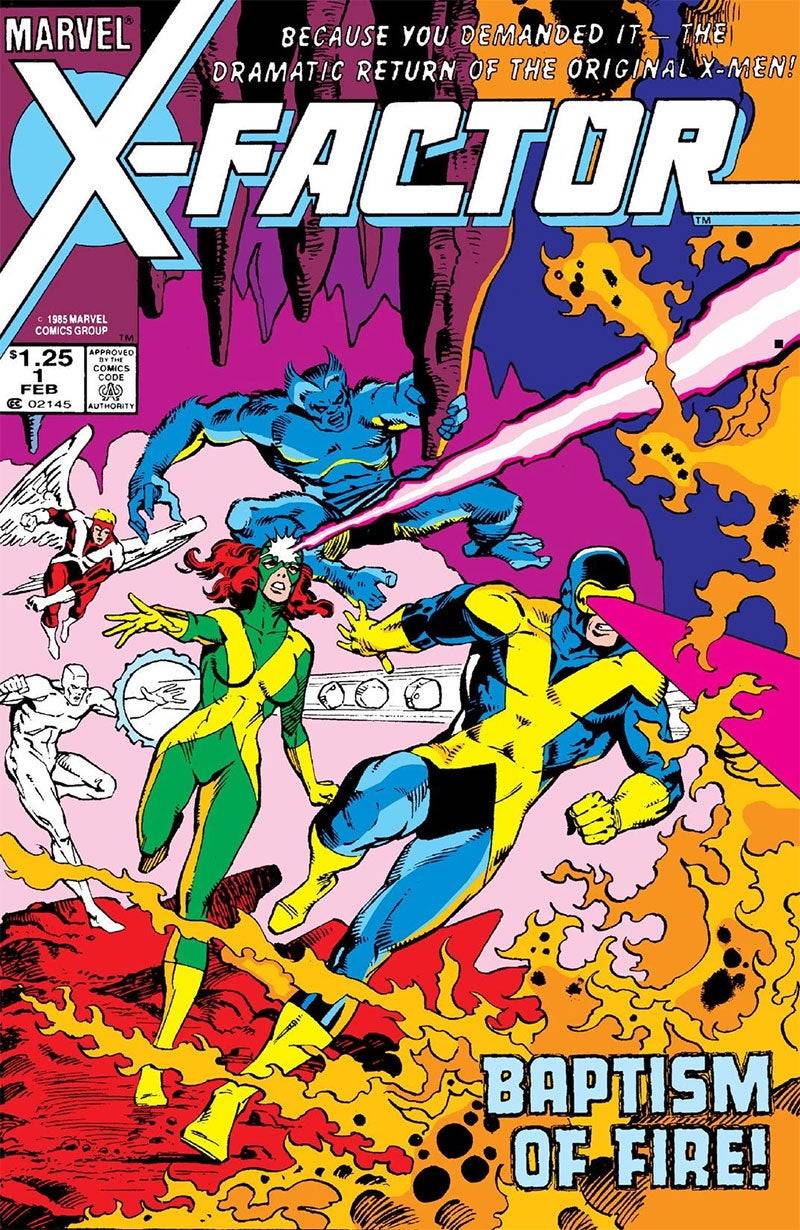
- 1 Stellar Blade PC Release Date Confirmed For 2025 Jan 05,2025
- 2 Marvel's Spider-Man 2 Swings to PC in January 2025 May 26,2023
- 3 Tomorrow: MMO Nuclear Quest Is a New Sandbox Survival RPG Nov 15,2024
- 4 Black Myth: Wukong Review Fallout Nov 13,2024
- 5 Final Fantasy XVI PC Port Falls Short Nov 14,2024
- 6 GTA 6 Raises The Bar and Delivers on Realism Beyond Expectations Nov 10,2024
- 7 Roblox Ban in Turkey: Details and Reasons Mar 10,2024
- 8 Dragonite Cross-Stitch Captivates Pokémon Enthusiasts Nov 08,2024
-
Best Racing Games to Play Now
A total of 10
-
Explore the World of Shooting Games
A total of 10
-
Best Free Simulation Games for Your Android Phone
A total of 4














![Business of Loving [v0.12.5i] [Dead End Draws]](https://imgs.96xs.com/uploads/18/1719555107667e5423ef803.jpg)
